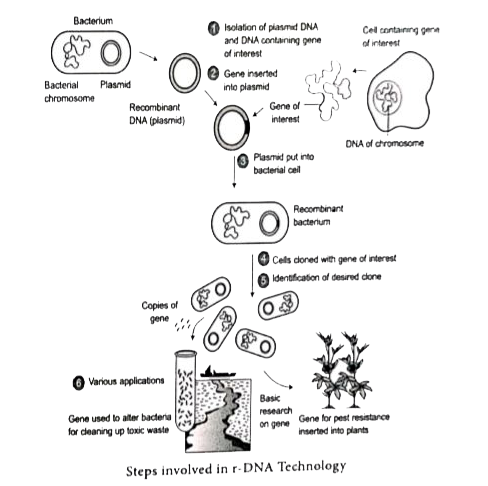Name the tissue that nourishes the embryo in angiosperm seeds. Explain its types. Structure of ovule (Megasporangium ): Solution in Tamil
Endosperm : the primary endosperm nucleus (PEN ) divides immediately after fertilization but before the zygote starts of divide, into endosperm. The primary endosperm nucleus is the result of triple fusion (two polar nuclei and one sperm nucleus ) and thus has 3n number of chromosomes. It is a nutritive tissue and regulatory structure that nourishes the developing embryo. Depending upon the mode of development three types of endosperm are recognized in angiosperms. they are nuclear endosperm, cellular endosperm and helobial endosperm
Nuclear endosperm : Primary endosperm nucleus undergoes several mitotic divisions without cell wall formation thus a free nuclear condition exists in the endosperm.
Examples : Coccinia, Capsella and Arachis.
Cellular endosperm:
Primary endosperm nucleus divides into 2 nuclei and it is immediately followed by wall formation. Subsequent divisions also follow cell wall formation.
Examples: Adoxa, Helianthus and Scoparia.
Helobial endosperm : Primary Endosperm Nucleus moves towards base of embryo sac and divides into two nuclei . Cell wall formation takes place leading to the formation of a large micropylar and small chalazal chamber. The nucleus of the micropylar chamber undergoes several free nuclear division whereas that of chalazal chamber may or may not divide.
Examples : Hydrila and Vallisneria.
Ruminate endosperm: The endosperm with irregularity and unevenness in its surface forms ruminate endosperm, Examples : Areca catechu, Passiflora and Myristica.
(OR)
Describe the basic steps involved in recombinant DNA technology.
(i) Isolation of a DNA fragment containing a gene of interest that needs to be cloned. this is called an insert.
(ii) Generation of recombinant DNA (rDNA) molecule by insertion of the DNA fragment into a carrier molecule called a vector that can self-replicate within the host cell.
(iii) Selection of the transformed host cells that is carrying the rDNA and allowing them to multiple thereby multiplying the rDNA molecule.
(iv) The entire process thus generates either a large amount of rDNA or a large amount of protein expressed by the insert.
(v) Wherever vectors are not involved the desired gene is multiplied by PCR technique. The multiple copies are injected into the host cell protoplast or it is shot into the host cell protoplast by shot gun method.


Topper's Solved these Questions
- SAMPLE PAPER -03BOOK - FULL MARKSCHAPTER - SAMPLE PAPER -03EXERCISE - BIO-ZOOLOGY (PART -1)
8 Videos
- SAMPLE PAPER -03BOOK - FULL MARKSCHAPTER - SAMPLE PAPER -03EXERCISE - BIO-ZOOLOGY ( PART -II )
6 Videos
- SAMPLE PAPER -03BOOK - FULL MARKSCHAPTER - SAMPLE PAPER -03EXERCISE - BIO-BOTANY ( PART -III)
5 Videos
- SAMPLE PAPER - 2 BOOK - FULL MARKSCHAPTER - SAMPLE PAPER - 2 EXERCISE - PART - IV
8 Videos
- SAMPLE PAPER -17BOOK - FULL MARKSCHAPTER - SAMPLE PAPER -17EXERCISE - ZOOLOGY (PART - IV )
4 Videos
Similar Questions
Assertion (A): Organisms show three phases in their life cycle.
Reason (R): Juvenile phase is a degenerative phase.
View SolutionMention the importance of the position of the testes in humans.
View SolutionGive the names of the scientists who rediscovered mendel's work.
View SolutionWith a suitable diagram, explain the structure of an ovule.
View SolutionPoint out the adaptive traits of aquatic animals .
View SolutionTHE PISTIL,MEGASPORANGIUM (OVULE) AND EMBRYO SAC
View SolutionStructure Of Ovule And Its Types
View SolutionExplain the structure of megasporangium.
View SolutionExplain any five types of angiospermic ovules .
View SolutionWith a suitable diagram explain the structure of an ovule . Structure of ovule (Megasporangium) :
View SolutionExplain any five types of angiospermic ovules .
View SolutionExplain the structure of typical angiospermic ovule.
View SolutionEmbryo sac is found in
(A) Embryo
(B) seed
(C) ovule
(D) Endosperm
View SolutionWrite a short note on structure of embryo sac in an angiospermic ovule.
View SolutionAfter fertilization in flowering plants, seeds bearing embryos are found inside the fruits. If seeds are developed from ovules, Name the parts that given rise to embryo and fruits.
View Solution
